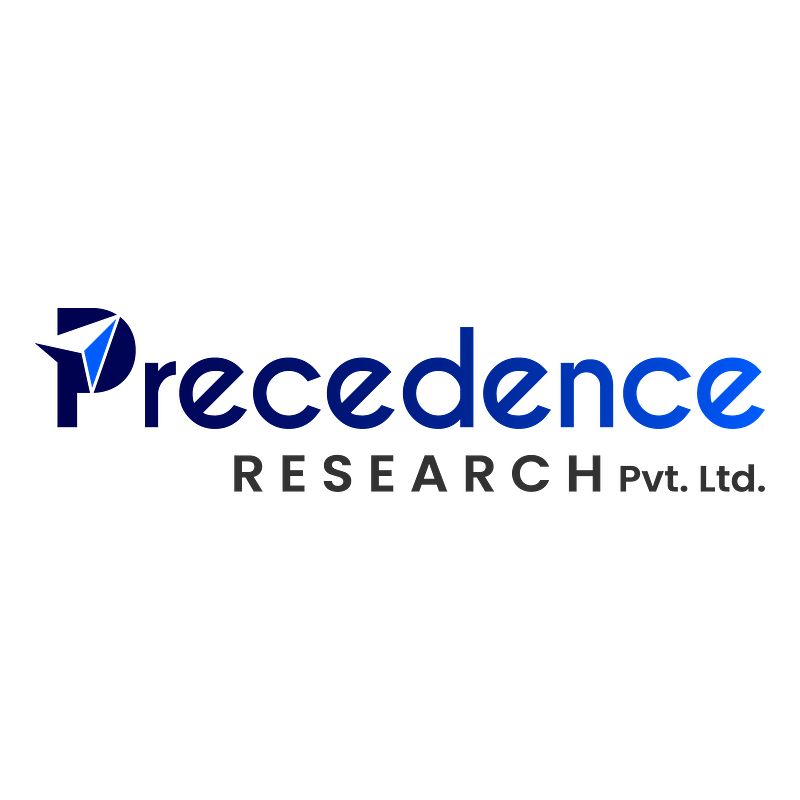
Pharma Packaging Evolves: Automation, Sustainability, and APAC Supply Chains Drive Growth
The pharmaceutical packaging market is undergoing rapid transformation, fueled by automation, sustainability demands, and a shift in global supply chains towards Asia-Pacific. Here's a look at the key trends shaping the future.
Pharma Packaging Evolves: Automation, Sustainability, and APAC Supply Chains Drive Growth
The pharmaceutical packaging market is experiencing a period of significant change, driven by increasing demands for efficiency, sustainability, and resilient supply chains. New research indicates a robust growth trajectory, fueled by automation, a focus on eco-friendly materials, and a strategic shift towards manufacturing and sourcing in the Asia-Pacific region.
Market Overview & Growth Drivers
Industry analysts predict a healthy growth rate for the pharmaceutical packaging market, with projections ranging from 7.2% to 7.8% CAGR through 2030. This growth is underpinned by several key factors. “The rising demand for pharmaceuticals globally, coupled with stringent regulatory requirements for packaging integrity, is creating a strong need for advanced packaging solutions,” says one industry analyst. Beyond basic protection, packaging now plays a crucial role in ensuring product authenticity, combating counterfeiting, and maintaining cold chain integrity – all vital for patient safety and brand protection.
The Rise of Automation
One of the most prominent trends shaping the industry is the adoption of automation. Pharmaceutical manufacturers are increasingly turning to robotic systems, vision inspection technologies, and automated guided vehicles (AGVs) to streamline packaging processes, reduce labor costs, and enhance efficiency. “Automation is no longer a ‘nice-to-have,’ but a necessity for pharmaceutical companies looking to remain competitive,” notes an operations manager at a leading packaging firm. “It not only improves speed and accuracy but also reduces the risk of human error, which is critical in a highly regulated industry.”
However, the transition to automation isn’t without challenges. High upfront investment costs and the need for a skilled workforce remain significant hurdles. Companies are addressing these challenges through strategic partnerships, phased implementation strategies, and investments in workforce training programs.
Sustainability Takes Center Stage
Another major driver of change is the growing emphasis on sustainability. Consumers and regulators alike are demanding more environmentally friendly packaging solutions. This has spurred pharmaceutical companies to explore alternative materials, such as bio-based plastics, recyclable polymers, and compostable substrates.
“There’s a real push towards circularity in packaging,” explains a sustainability consultant working with pharmaceutical companies. “Companies are looking at ways to minimize material usage, design for recyclability, and incorporate recycled content into their packaging.”
While sustainable packaging options often come with higher costs, companies are finding ways to offset these costs through innovation, process optimization, and collaboration with suppliers. The move towards minimalist packaging designs – reducing material usage without compromising product safety – is also gaining traction.
APAC: The New Hub for Pharmaceutical Packaging
The global pharmaceutical supply chain is undergoing a significant shift, with Asia-Pacific emerging as a key manufacturing and sourcing hub. Lower labor costs, a rapidly growing pharmaceutical industry, and supportive government policies are driving this trend.
“APAC offers a compelling value proposition for pharmaceutical companies looking to reduce costs and improve supply chain resilience,” states an industry analyst specializing in global supply chain dynamics. “However, companies must carefully consider the risks associated with sourcing from the region, such as quality control, regulatory compliance, and geopolitical instability.”
Companies are mitigating these risks by establishing strategic partnerships with local suppliers, implementing robust quality control systems, and diversifying their sourcing base. The growing presence of international packaging firms in APAC is also helping to enhance quality standards and promote best practices.
Challenges and Opportunities
Despite the positive growth outlook, the pharmaceutical packaging market faces several challenges. Rising raw material costs, supply chain disruptions, and increasing regulatory scrutiny are all putting pressure on manufacturers.
However, these challenges also present opportunities for innovation. Companies that can develop cost-effective, sustainable, and resilient packaging solutions will be well-positioned to succeed in the long term.
Specifically, opportunities lie in:
- Smart Packaging: Integrating technologies like RFID and sensors to track and monitor product integrity throughout the supply chain.
- Digitalization: Leveraging data analytics to optimize packaging design, improve supply chain efficiency, and enhance traceability.
- Collaboration: Fostering partnerships between pharmaceutical companies, packaging manufacturers, and technology providers to drive innovation and address complex challenges.
The Future of Pharma Packaging
The pharmaceutical packaging market is poised for continued growth and innovation. The convergence of automation, sustainability, and shifting supply chains is creating a dynamic and challenging landscape. Companies that embrace these trends and invest in future-proof solutions will be well-positioned to thrive in the years ahead. “The future of pharmaceutical packaging is about more than just protecting products; it's about delivering value, ensuring patient safety, and building a more sustainable future,” concludes a packaging expert.
Ultimately, the evolution of pharmaceutical packaging reflects a broader shift towards a more efficient, sustainable, and resilient global supply chain.
📝 This article is still being updated
Are you a relevant expert who could contribute your opinion or insights to this article? We'd love to hear from you. We will give you full credit for your contribution.
Contribute Your Expertise →